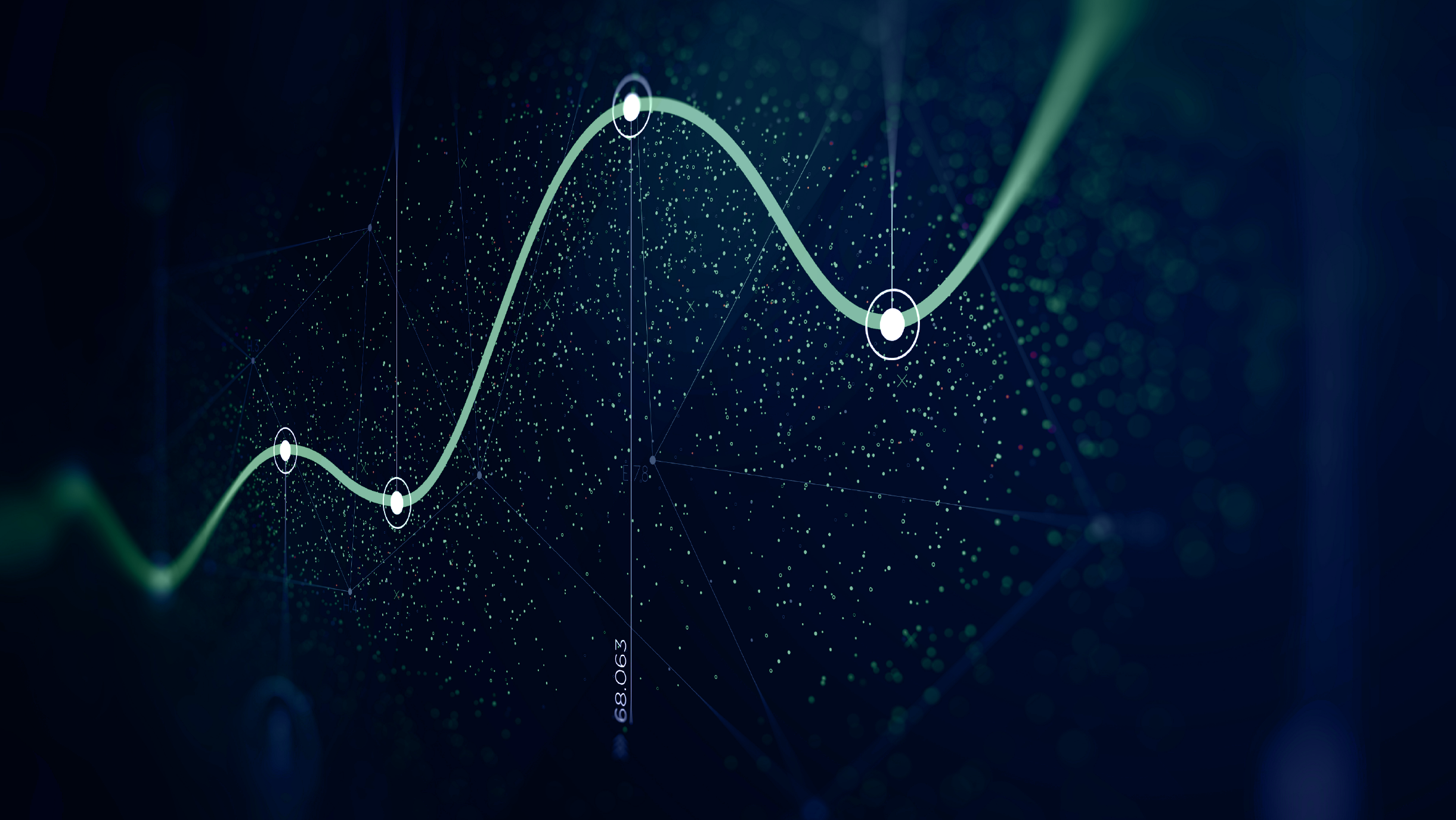Our Predicted Key Themes in Imagery Analysis for 2024

20 Dec 23
Intelligence

20 Dec 23
Intelligence
It’s no secret that imagery analysis is being used now more than ever. Civilian companies and drones have revolutionised the collection of imagery.
Our intelligence team is helping our customers seek innovative ways to harness the power of this information revolution. As we do, four key themes keep recurring.
Read on to find out what we predict will be the key themes in imagery analysis in 2024.
With the explosion of commercially available imagery platforms, what has not kept pace is the number of trained analysts available to interpret the imagery.
It is likely that a significant amount of all imagery collected by drones and satellites does not end up as finished reporting – which is a huge waste of collection and processing effort. This excess of collect is due primarily to a lack of capacity of trained analysts, when compared to the increase in collection (although Moore's law - the principle that the speed and capability of computers can be expected to double every two years - is slowing, it has not yet stopped!). This is a situation that is likely only to get worse as more and more competition will develop for those who are trained analysts.
As we seek to understand what is going on across the globe there is simply too much data for an individual organisation to search through and characterise. Therefore, machine learning can be used to identify change. This will allow more effective prioritization of the collection and the optimal use of analysts to interpret the data.
Our specialists - in coordination with our partners - are helping to develop the next generation of analytical algorithms to address this challenge. The biggest challenge after that is answering the question, “what question do we need to answer with the imagery?”.

In coordination with our partners, we're helping to develop the next generation of analytical algorithms
Often within companies and organisations there is a desire to conduct the processing of information in-house. This will have to change given the avalanche of data that modern geospatial collection systems deliver. Increasingly the processing of the data will be conducted remotely on platforms such as Amazon Web Services and delivered through cloud infrastructure. This will again present a challenge as there are simply not enough data scientists to develop the processing structures, an area that will need to be addressed.
Open-source software has proved to be a significant tool in the analysis of geospatial intelligence (GEOINT) data. These platforms employ open architectures and open data standards that allow innovation and rapid development. This will increasingly level the playing field for the analysis of GEOINT data and mean that there is increasing democratisation of the information. No longer is the analysis and interpretation of the data limited to those in industry or academia.

Open-source intelligence will level the playing field for the analysis of geospatial intelligence data
It is likely that these trends will continue through 2024 as both capacity and capability of collection systems increases and diversifies. Regrettably the pressures on society will also continue to cause turbulence over the coming years as the relationships between nations and our relationship with the planet continues to adapt and evolve.
The world of imagery research is continuously changing. Therefore, the approach to imagery analysis also has to change. In this challenging time, Inzpire and its team of imagery specialists are here to help.

16.05.24
New Joiners
It's our pleasure to welcome Ellie Moore to the Inzpire family, who joins us as a marketing and communications officer.
Our team are here to help. If you have any questions, no matter how big or small, please get in touch.
 +44 (0)1522 688231
+44 (0)1522 688231
 .(JavaScript must be enabled to view this email address)
.(JavaScript must be enabled to view this email address)